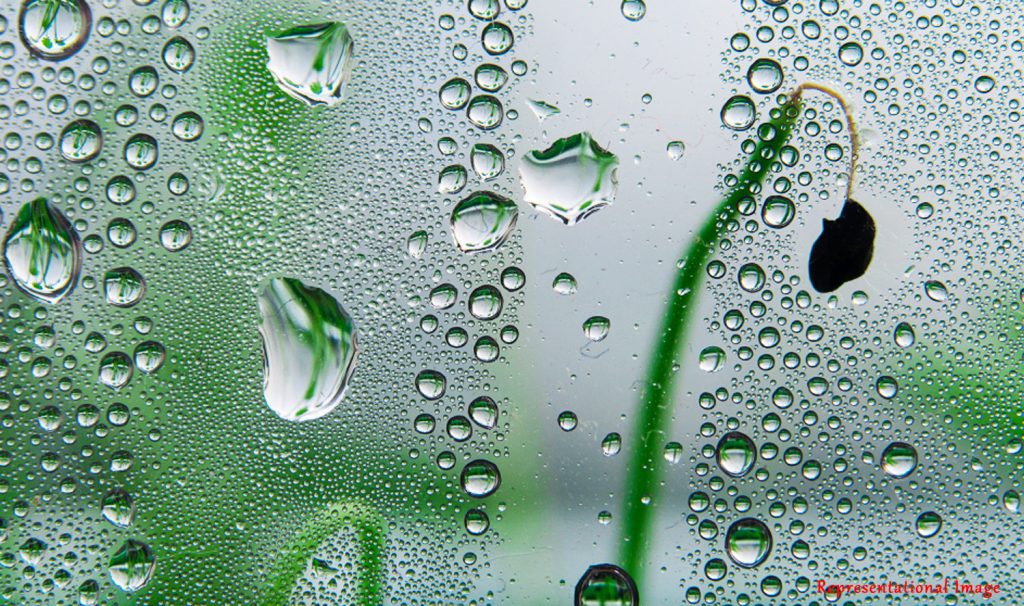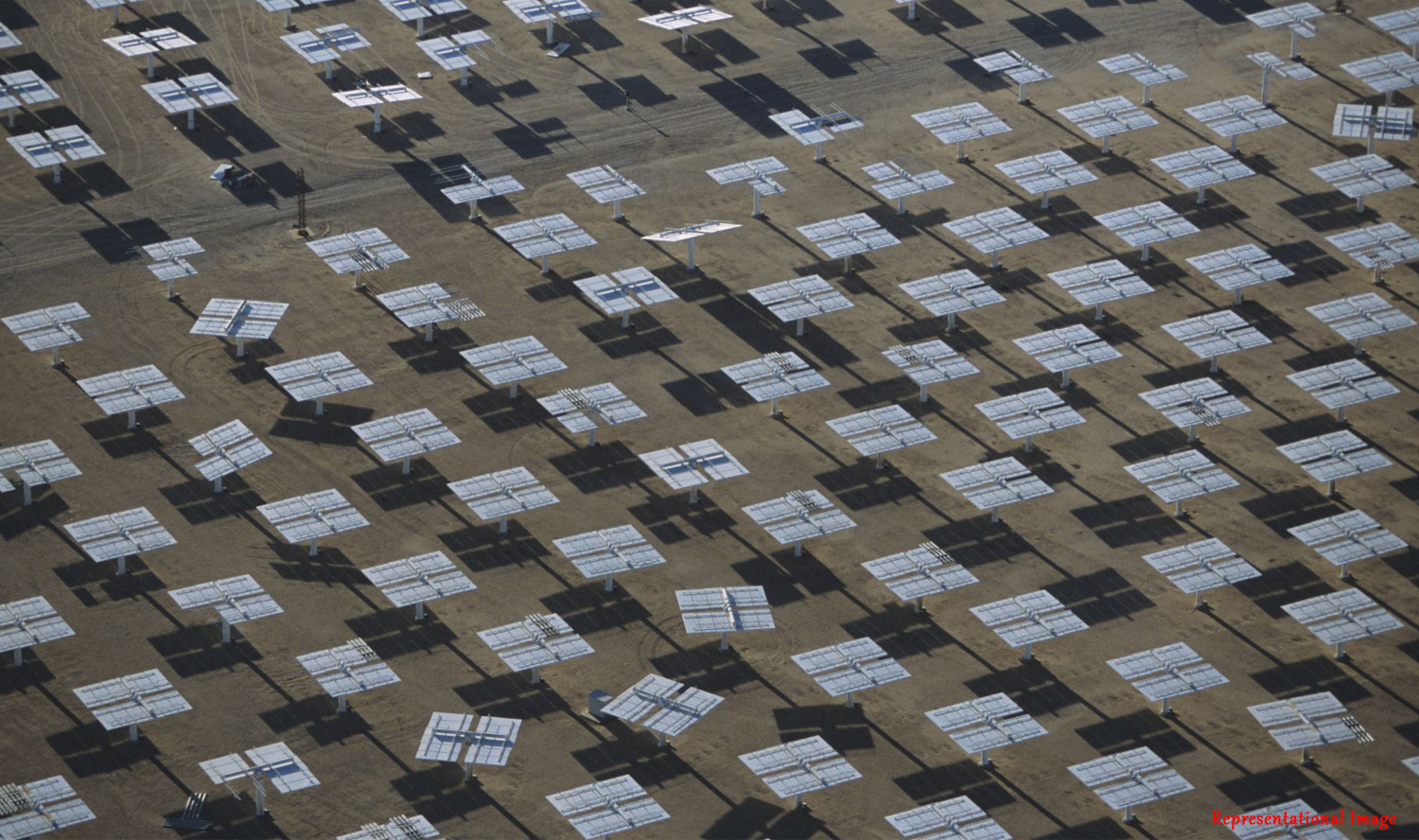
The condensation of droplets of a liquid on a surface is a very important phenomenon. Condensation into spherical capped droplets upon a hydrophobic (hydrophobic means to repel water) surface is a process that finds use in power plants, water harvesting, desalination, refrigeration, and air-conditioning.
Although dropwise condensation has been studied extensively in the case of rigid surfaces, very few studies have been done related to soft surfaces. In this paper, the authors, Mr. Himanshu Pathak, Mr. Tibin M. Thomas, and Prof. Pallab Sinha Mahapatra from the Department of Mechanical Engineering, Indian Institute of Technology Madras, Chennai, India, have used a soft polymer called polydimethylsiloxane (PDMS) as a surface to study the effects of condensation on a soft surface.

Mr. Himanshu Pathak 
Mr. Tibin M. Thomas 
Prof. Pallab Sinha Mahapatra
Multiple forces such as Laplace pressure beneath the drop, vertical component of liquid-vapour interfacial tension on the three phase contact line (the three phase contact line is the contact between solid, liquid, and gas), and elastic forces induced by surface deformation further complicate the study of wetting behaviour on soft surfaces.
component of liquid-vapour interfacial tension on the three phase contact line (the three phase contact line is the contact between solid, liquid, and gas), and elastic forces induced by surface deformation further complicate the study of wetting behaviour on soft surfaces.
In this study, the condensation process on soft polymer surface PDMS, was studied. The shear modulus, which is a measure of the elastic shear stiffness of a material was varied. The PDMS surface was divided into three types based on the varying shear modulus as follows:
1. PDMS-10 (shear modulus is 500 kilo Pascals)
2. PDMS-20 (shear modulus is 200 kilo Pascals)
3. PDMS-40 (shear modulus is 40 kilo Pascals)
The following things were examined:
1. Drop coverage fraction (region occupied by the condensate droplets)
2. Average drop size
3. Individual growth of microdroplets on the surfaces over time
4. Relaxation time of the coalesced (the process by which two or more droplets come together to form a single droplet) drops during condensation
It was found that when the shear modulus was at the lowest, that is, PDMS-40, condensing drops appear as dense clusters of drops in the early stage of condensation. This was not seen on PDMS-10 and PDMS-20 surfaces. PDMS-40 also showed higher drop coverage fraction and higher average drop diameter as compared to PDMS-10 and PDMS-20 surfaces.
It was also found that the relaxation time of the coalesced drop was directly proportional to the drop equilibrium size regardless of the soft surface’s shear modulus. In addition, it was observed that during the drop coalescence process, the relaxation time of the merged droplet on a soft substrate with shear modulus approximately 500 kilo Pascals, was three times less than that for shear modulus approximately 200 kilo Pascals and 40 kilo Pascals.
The key findings of this work can help in developing a better understanding of the condensation behaviour on soft polymer surfaces, which is widely applicable to the chemical industries.
Prof. Ranjan Ganguly from the Department of Power Engineering, Jadavpur University, Kolkata, India, appreciated the authors’ paper by giving the following comments: “The paper nicely describes the growth and droplet morphology on a few benchmark soft substrates (e.g., PDMS) during dropwise condensation of water vapor from humid air under different thermodynamic conditions. The authors have meticulously investigated attributes such as drop coverage fraction, average drop diameter, and relaxation time of the coalesced drops during condensation, all of which have strong engineering relevance. In traditional heavy engineering applications, most of the time the condensing surfaces are coated with protective, durable polymeric paints, and the current study can suggest how the structural rigidity of the coat of paint can influence the condensation behavior. Moreover, the findings are also relevant for frontier technological applications like condensation on membranes, and capillary condensation on polymeric microfluidic devices. The manuscript is rich in physics, the analyses are presented with great clarity and the experimental results are presented with great scientific rigor to ensure reliability of the data.”
Article by Akshay Anantharaman
Here is the original link to the paper:
https://www.sciencedirect.com/science/article/pii/S0009250922003815










